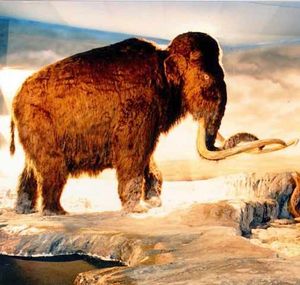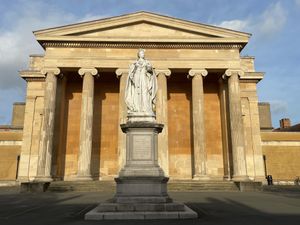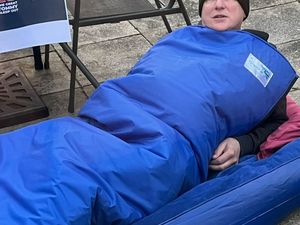Mammoth find was made with a digger
A quarry worker has come up with new information which could rewrite the history of one of Shropshire's biggest ever discoveries - the uncovering of the Condover mammoth in 1986.

A quarry worker has come up with new information which could rewrite the history of one of Shropshire's biggest ever discoveries - the uncovering of the Condover mammoth in 1986.
The discovery of the mammoth bones in the Condover quarry caused a sensation in the scientific world and when they were dated to around 12,700 years ago it proved that mammoths had roamed Britain 5,000 years after they had been thought extinct.
In our recent 1980s supplement we told of the competing claims for credit for the discovery between a group of quarry workers, and Eve Roberts of Bayston Hill, who had been walking her dog and had alerted the authorities to the find.
But now Andy Edwards, of Baschurch, says that the real finder was an unidentified contractor who kept his mouth shut for fear of getting into trouble.
More on next page




